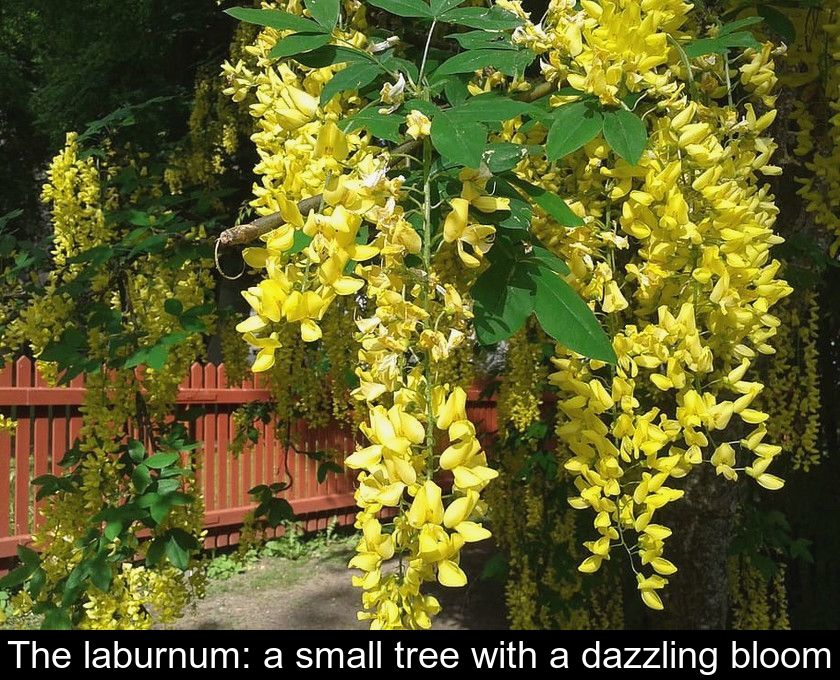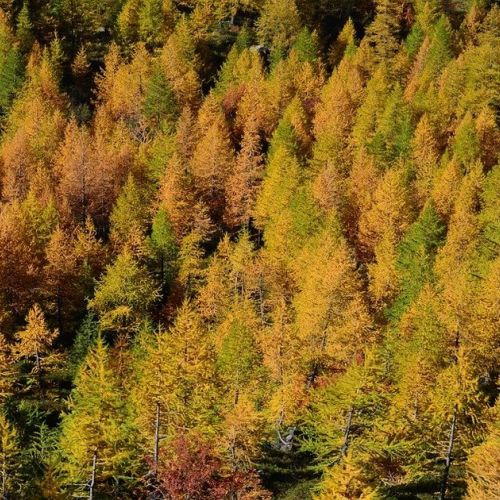The Laburnum: A Small Tree With A Dazzling Bloom
The laburnum, also known as the false ebony tree, is a small tree with multiple attractions. Not only does it offer a dazzling bloom in spring, but its excellent hardiness means that it can be grown almost anywhere in France. Here is everything you need to know about this easy-to-live-with tree.
Its flowering brings sunshine to the garden
The cypress, whose botanical name is Laburnum vulgare, is a shrub native to southern Europe.
It is the only representative of the Papilionaceae genus that can grow to the size of a tree, between 4 and 8 meters tall, but it is most often found as a shrub with long, spreading branches.
Its deciduous leaves are trifoliate and form very aesthetic clumps. But it is most appreciated for its beautiful, bright yellow spring flowering.
Its very abundant flowers bloom in the months of May and June. They form dense clusters of 25 to 30 cm long, which resemble those of the wisteria with the difference that they are yellow and not purple.
Cytises are therefore the most beautiful effect in gardens, in a bed or an isolated subject on a lawn. They can also be integrated into an open hedge next to other flowering shrubs like lilac or seringat.
Its culture is without problem
The laburnum is planted in autumn, preferably in full sun. A sunny exposure helps it to flower well but it also accepts a half-shade exposure.
This shrub tolerates just about any type of soil without standing water. It prefers light, chalky soil, and especially well-drained.
After planting, simply give it regular watering while it is well established.
The maintenance of cytises is limited to trimming after flowering: simply remove misaligned or damaged branches and dead wood.
This shrub can be attacked by caterpillars and aphids. It is also subject to mildew and powdery mildew in case of excess humidity.
You can propagate it by sowing in autumn or by semi-linear cuttings in summer.
There are several interesting varieties
The cytis family, i.e. the genus Laburnum, has only three species.
But all of them are interesting in an ornamental garden because they have beautiful blooms and certain advantages.
The first species is of course the common laburnum or Laburnum vulgare described above.
The Alpine laburnum (Laburnum alpinum) grows in the mountains especially in the Upper Jura, the Alps and Piedmont.
Its advantage is that it comes in a weeping form: the 'Pendulum' variety, which does not exceed 2 metres in height and has hanging branches.
Finally, the hybrid Laburnum x watereri is a cross between the two previous species.
It is very popular with gardeners as it has the advantage of offering a more abundant flowering of a more intense yellow.
Good to know
Even though the laburnum is a beautiful ornamental shrub, it should be noted that this species is very poisonous.
All parts of this small tree can cause intoxication, especially the bark, flowers, fruits and seeds as they contain an alkaloid close to nicotine called cytosine.
Also, because the fruits of this tree look like beans, children sometimes pick them to play with and can get poisoned.
If ingested, cytosine causes vomiting with bleeding.
That's why you need to be especially careful with this tree and contact 15 immediately in case of accidental ingestion.








